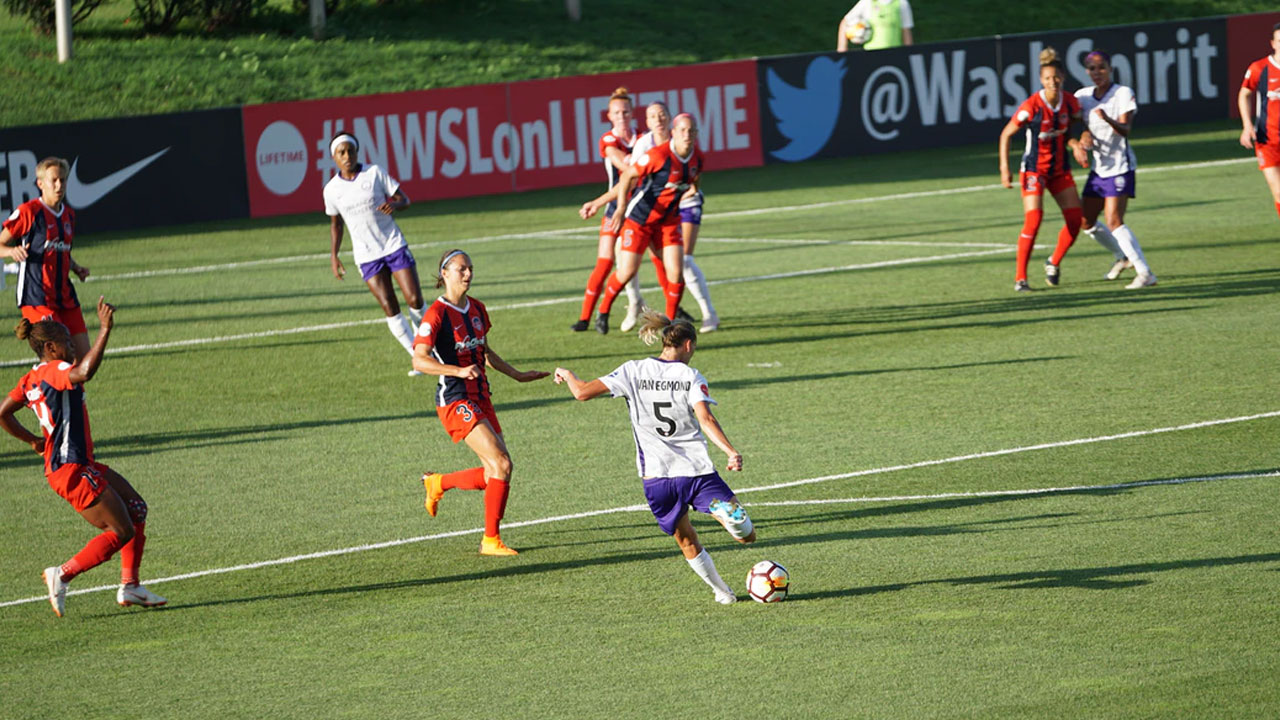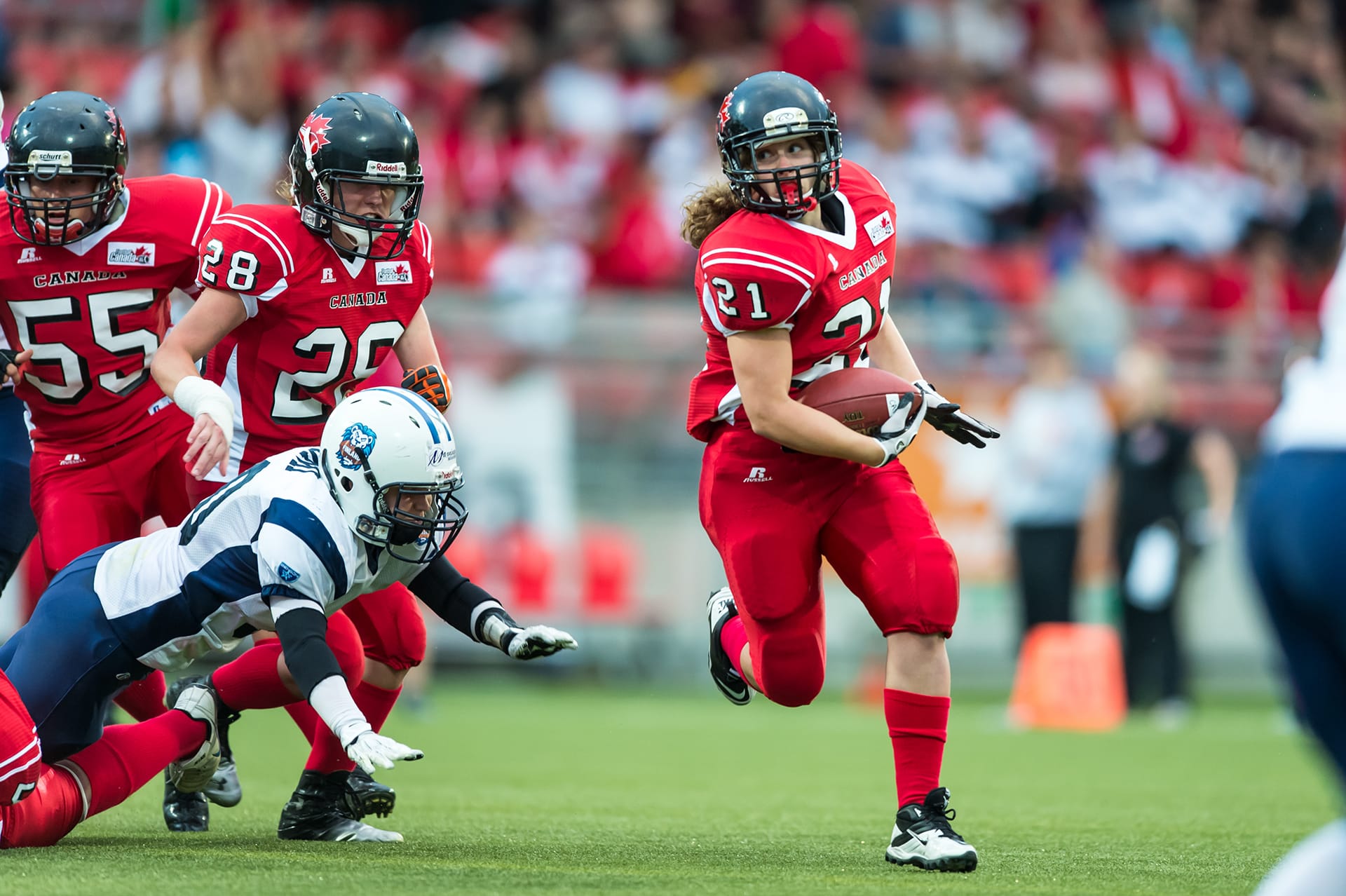I. Introduction
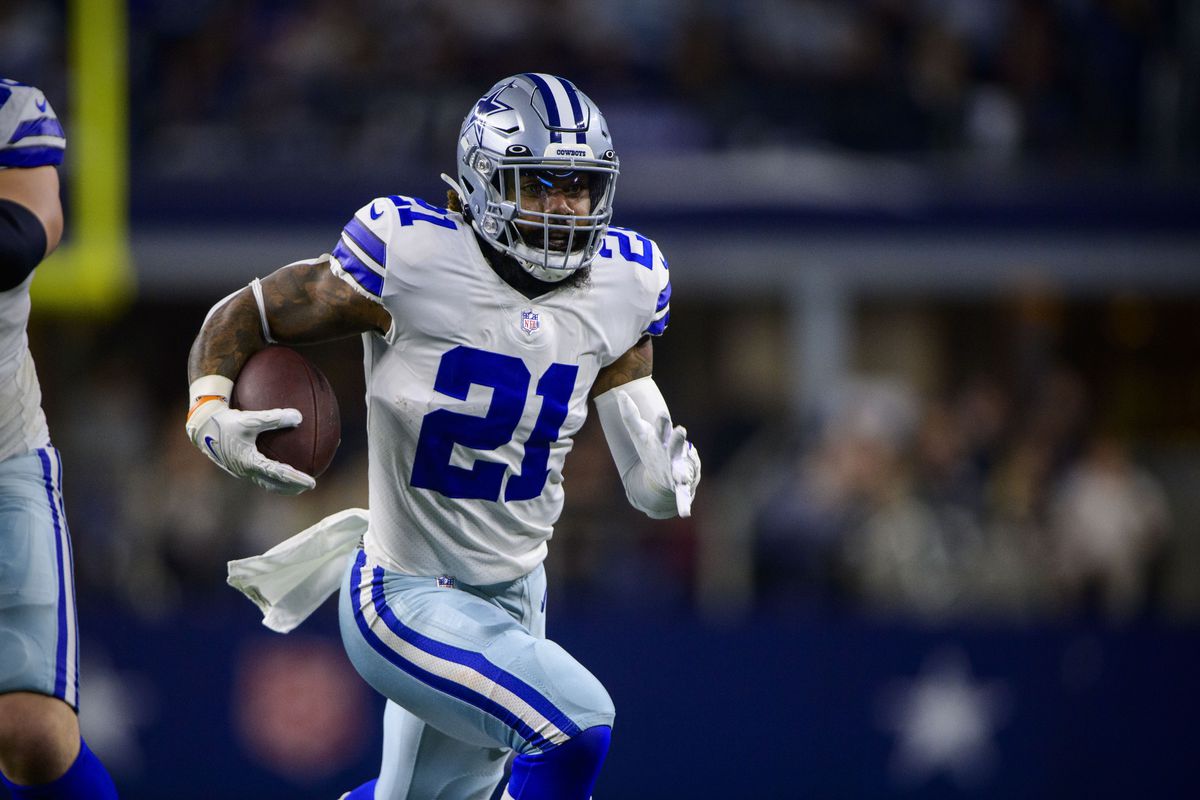
Football is a dynamic and thrilling sport that requires a team effort to achieve success. While every player has a crucial role to play, few positions hold as much significance as the running back (RB). In this article, we will delve into the importance of this position in football and explore the various functions, responsibilities, and skills that contribute to the success of a running back.
II. The Role of RB in Football
A. Functions and Responsibilities
- Carrying the Ball One of the primary functions of a running back is to carry the ball and gain yards on the ground. Their ability to read the defense, find running lanes, and make decisive cuts is crucial for advancing the offense. Running backs must possess excellent ball-carrying techniques, such as proper grip, body positioning, and the ability to break tackles. Their success in this role directly impacts the overall success of the team’s offense.
- Blocking and Pass Protection Running backs play a vital role in protecting the quarterback during passing plays. This involves identifying and neutralizing incoming defenders to give the quarterback time to find an open receiver. Running backs must be adept at recognizing blitzes, making quick decisions, and executing effective blocks. Their ability to protect the quarterback allows for successful passing plays and helps prevent turnovers.
- Receiving Passes Running backs are also an integral part of the passing game. They often serve as safety valves for quarterbacks, providing a short passing option when primary receivers are covered. Skilled running backs possess excellent hands, route-running ability, and yards-after-catch skills. Their ability to catch passes and create big plays adds a versatile weapon to an offense’s arsenal.
B. Skills and Attributes of Successful RBs
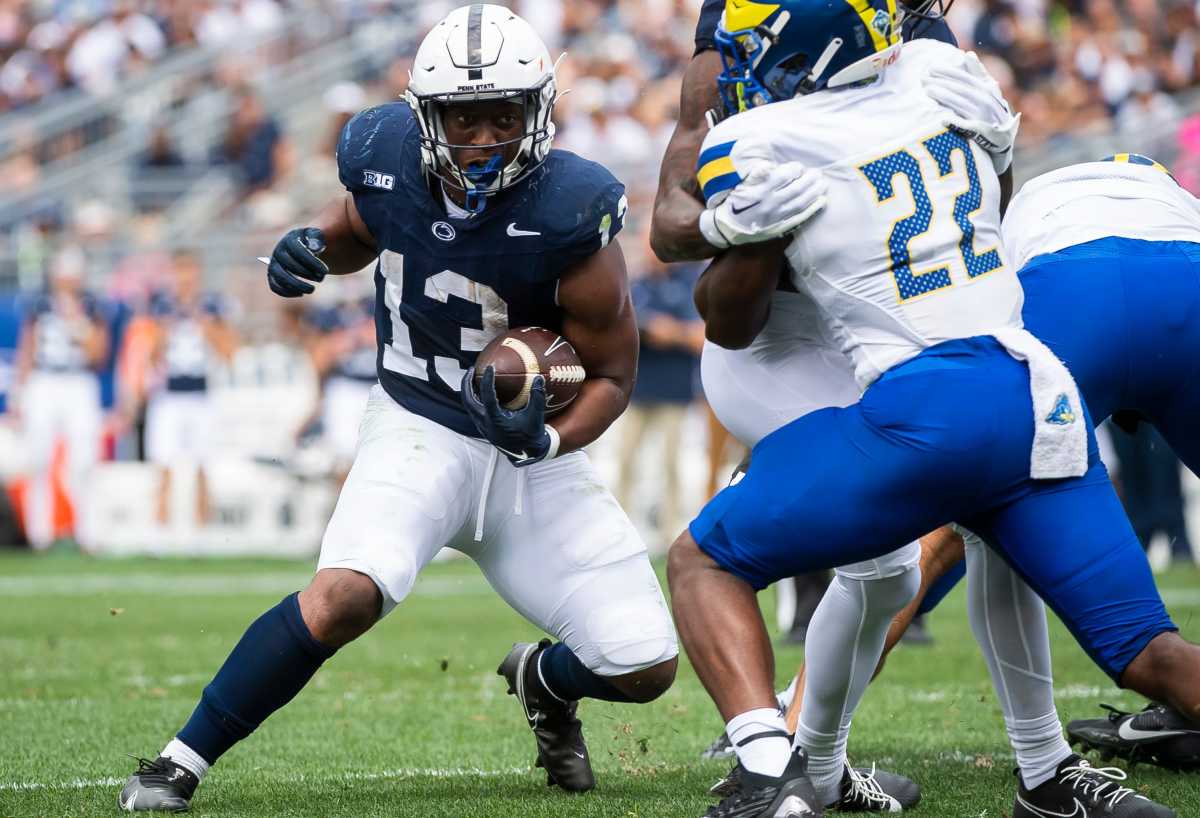
- Speed and Agility Running backs must be fast and agile to navigate through defenders and outrun pursuing opponents. Superior speed allows them to break away for long gains, while agility helps them change directions quickly to avoid tackles. A running back’s ability to accelerate past defenders can turn a routine play into a game-changing touchdown.
- Vision and Awareness Successful running backs possess exceptional vision and awareness on the field. They have the ability to analyze and anticipate the movements of defenders, allowing them to identify running lanes and exploit gaps in the defense. Their keen sense of awareness enables them to adjust their course and make split-second decisions for optimal results.
- Power and Contact Balance Running backs often face physical confrontations with defenders, requiring them to have strength and contact balance. Power is essential for breaking through tackles and gaining additional yards after contact. Contact balance, on the other hand, allows running backs to stay on their feet and maintain forward progress despite being hit or tackled. These attributes enable them to convert short-yardage situations and act as a reliable offensive weapon.
III. Strategies and Techniques Employed by RBs
A. Running Styles
- Power Runners Power runners rely on their strength and physicality to bulldoze through defenders. They excel at gaining tough yards and breaking tackles with their raw power. Their ability to push the pile and wear down the defense opens up opportunities for the offense.
- Speedsters and Outside Runners Speedsters and outside runners utilize their exceptional speed and agility to exploit the edges of the defense. They excel at turning the corner and creating big plays on the perimeter. Their speed forces defenses to stretch horizontally, creating vulnerabilities in the middle of the field.
- Versatile and Dual-Threat RBs Versatile and dual-threat running backs possess a combination of power and speed, making them a significant threat in both the running and passing game. These RBs can contribute as both ball carriers and receivers, presenting a versatile option for the offense and keeping defenses off-balance.
B. Running Back Drills and Training Methods

- Agility and Footwork Drills Running backs must develop their agility, balance, and footwork to navigate through traffic and make explosive cuts. Drills such as ladder agility drills, cone drills, and shuttle runs help improve their quickness, change of direction, and overall agility.
- Ball Security and Fumble Prevention Techniques Fumbles can be game-changing and detrimental to a running back’s success. RBs undergo specialized training to ensure proper ball security, including techniques like high and tight carries, hand positioning, and drills focused on ball control and protection.
- Route Running and Catching Practice With the increasing importance of running backs in the passing game, route running and catching skills are crucial. Running backs work on running precise routes, using proper techniques to create separation from defenders, and develop reliable catching abilities.
IV. RBs in Different Offensive Systems and Formations
A. Pro-Style Offense
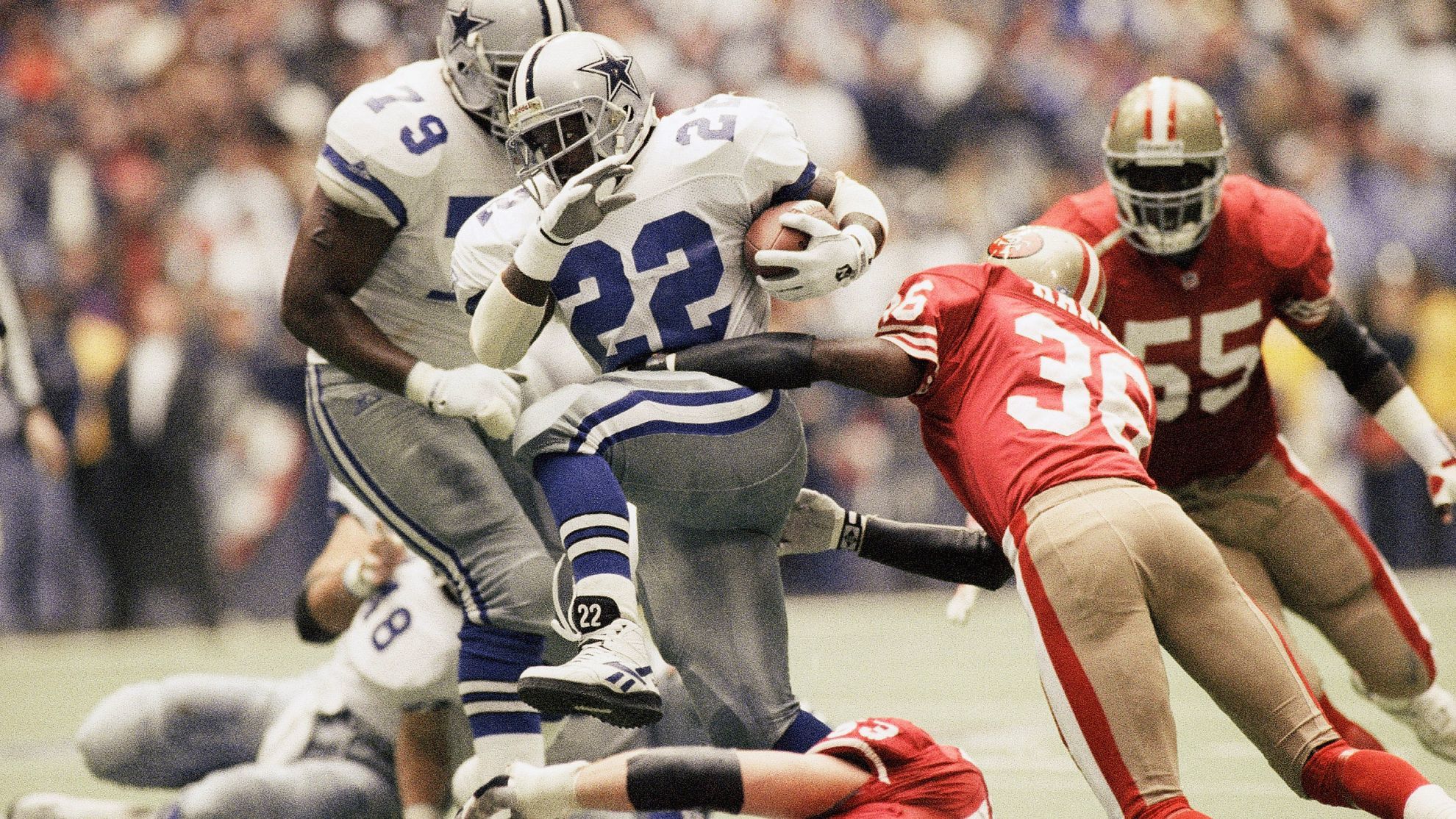
- I-Formation The I-Formation aligns the running back directly behind the quarterback. It provides a balanced attack, allowing the running back to hit the hole with speed or power, depending on the play design.
- Singleback Formation The Singleback Formation uses a lone running back positioned directly behind the quarterback. This formation provides versatility, allowing the running back to run inside or bounce outside, depending on the defensive alignment.
B. Spread Offense
- Pistol Formation The Pistol Formation aligns the running back behind the quarterback, with a shorter distance between them compared to the Singleback Formation. It provides the running back with better vision and quicker access to multiple running lanes.
- Shotgun Formation The Shotgun Formation places the quarterback in a deep position, with the running back positioned beside or behind him. This formation allows the running back to have better pre-snap vision and provides flexibility for both passing and rushing plays.
C. Adaptation to Modern Offensive Trends
- RBs in the Passing Game Running backs are increasingly utilized as primary receiving options in modern offenses. Teams exploit their agility and mismatch potential against linebackers in the passing game, using swing passes, screens, and checkdowns to create explosive plays.
- RBs as Receivers and Matchup Nightmares Running backs with excellent receiving skills pose matchup nightmares for defenses. They can line up as wide receivers, challenge slower linebackers in coverage, and exploit mismatches in open space. Their versatility adds complexity to defensive assignments and opens up opportunities for big plays.
In conclusion, the strategies, techniques, and impact of running backs in football are vast and ever-evolving. Their diverse running styles, training methods, adaptability to different offensive systems, and the contributions of notable RBs have solidified their importance in the game. Whether through power, speed, versatility, or receiving skills, running backs continue to shape the outcome of football games and captivate fans with their electrifying performances.
